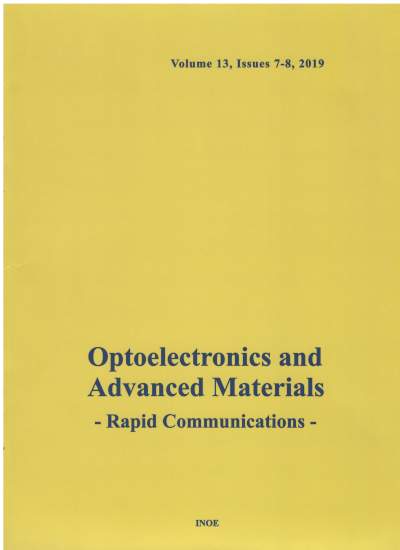Abstract
The Bi-2223 (110K) phase high Tc superconductors were synthesized by conventional melt quenching technique. The
nominal composition of the (110K) phase was (Bi1.6Pb0.4)Sr2Ca2Cu3O10+δ which was prepared from powders of Bi2O3, PbO,
SrCO3, CaCO3 and CuO having 99.99% purity. The synthesized precursors were quenched from 1200o
C, 1250o
C and
1300o
C to room temperature and sandwiched between brass, stainless steel, copper and bronze blocks. These samples
were analyzed by X-ray diffraction (XRD), DC electrical resistivity, scanning electron microscopy (SEM), EDS and density
measurements. Lattice constants of the material were determined by indexing the diffraction peaks. Major phase is high-Tc
2223 phase with small percentage of 2212 phase. The highest volume fraction of 2223 phase is obtained for sample
quenched on brass from 1250o
C. The SEM results indicate that 2223 phase may have been formed and the long grains of
this phase might be obtained by quenching at this temperature. The atomic distribution ratio of each component element on
the surface of the sample was investigated by EDS. The change in structural and electrical parameters could be ascribed to
the oxygen diffusion behavior, resulting in hole carrier concentration.
Keywords
Bi-2223, High Tc superconductors, Melt quenching, X-ray diffraction and microstructure.
Citation
KH. ZAKAULLAH, I. QAZI, A. MAQSOOD, Microstructure and superconducting properties of Bi-2223 conductors quenched from various temperatures on different quenching media, Optoelectronics and Advanced Materials - Rapid Communications, 2, 5, May 2008, pp.267-273 (2008).
Submitted at: March 28, 2008
Accepted at: May 8, 2008
